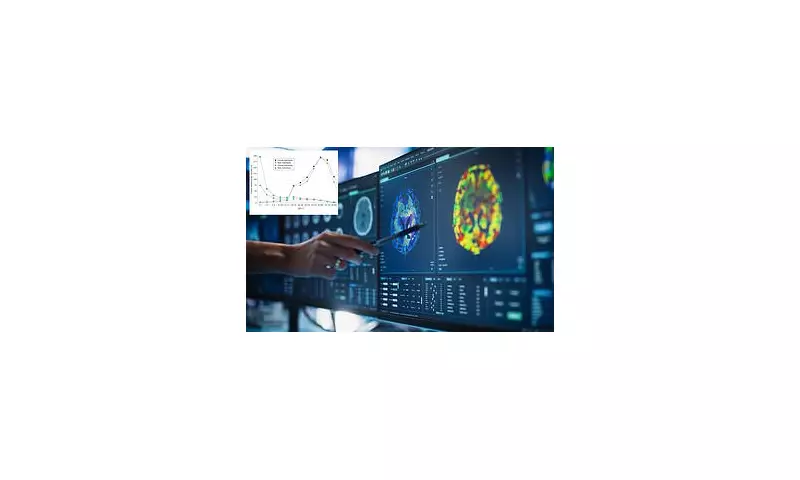
Alarming Surge in Head CT Scans Sparks Cancer Risk Warnings
The utilisation of head CT scans for diagnosing conditions ranging from trauma to stroke has experienced a dramatic increase across emergency departments, despite the procedure carrying a well-documented and elevated risk of cancer. Analysis by neurologists at the Yale School of Medicine of a national hospital database revealed a startling jump: the number of these scans performed surged from 7.8 million in 2007 to nearly 16 million in 2022.
Balancing Essential Diagnosis with Unnecessary Danger
While a CT scan remains an indispensable tool for neurological emergencies such as stroke, its application for other cases can represent an unnecessary source of harmful radiation and additional cost. The risk is particularly acute for younger patients. A pivotal 2012 study demonstrated that repeat CT scans in childhood—between five and ten before the age of 15—tripled the risk of patients developing leukemia and brain tumours.
To put this in perspective, while the baseline risk of leukemia in children is approximately one in 2,000, researchers concluded that undergoing several CT scans elevates that risk to about one in 600. Furthermore, another research team in California estimated that CT scans could be linked to a staggering five percent of all cancers in the United States, with the risk being three to four times higher than previously believed, especially for the most vulnerable children.
Older Adults Bear the Brunt of Scanning, While Access Disparities Emerge
The demographic most likely to receive a head CT scan in any given year is patients aged 65 and older. Their rate peaked at 20.6 percent in 2022, and this group accounted for the largest share, about 36 percent, of all head CTs conducted. Seniors were six times more likely to undergo the scan than younger patients.
However, the study uncovered significant disparities in access to this diagnostic tool. Black patients were 10 percent less likely to receive a head CT than white patients, potentially risking dangerous misdiagnoses for a large patient population. Similarly, those on Medicaid were 18 percent less likely to be scanned, often due to reimbursements falling below the actual cost of the procedure. Patients in rural hospitals also faced a 24 percent lower likelihood of receiving a scan compared to those in urban areas.
The authors of the study, published in the journal Neurology, stated: ‘Notably, the rapid growth in head CT use raises the concern of unnecessary radiation exposure leading to increased cancer rates,’ including cancers of the brain, thyroid, skin, and eyes, as well as leukemia.
Dr. Layne Dylla, the lead author of the latest study, emphasised the need for balance: ‘Head CT scans are a critical tool for diagnosing neurological emergencies, but their growing use raises concerns about cost, radiation exposure and delays in the emergency department. It’s important to balance the benefits of these scans with the risks and costs.’
Projections are sobering. Researchers posit that CT scans performed on 2.5 million children in a single year could result in 9,700 future cancers. While the cancer risk from a single scan is highest for infants, the sheer volume of scans performed on adults means they will account for the majority of radiation-induced cancer cases, with adults aged 50 to 59 projected to see the highest number at 93,000.
With up to one-third of CT scans in the US deemed medically unnecessary, experts advise that the scan should only be used when the diagnostic benefits clearly outweigh the risks, and if it will alter the patient's course of treatment. Alternatives like MRI or ultrasound, which do not use ionising radiation, should be considered where appropriate.





